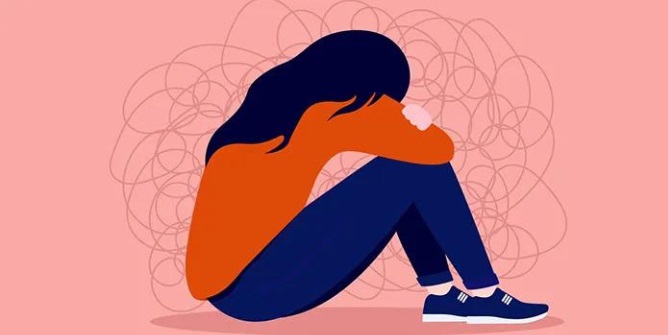
Ask a Social Worker: How Dangerous Is Cutting for Someone with Hemophilia?
Understanding the reasons why people self-harm, and what you can do to help.
Ask a Social Worker is a monthly column featuring questions from the community and answers from members of NHF’s Social Work Working Group. If you have questions for our social workers, send them to askasocialworker@hemophilia.org.
Dear Diane and Amanda,
I teach at a school where “cutting” is common among the student population. There is one student I am especially concerned about because they have hemophilia. How dangerous is cutting for someone with a bleeding disorder? How can it successfully be discouraged?
Discovering that a student, friend or someone else you care about self-harms can be extremely upsetting and difficult to understand. You may wonder what you can do to help, or if you should keep this behavior a secret.
It is a common misconception that self-harming behaviors such as cutting are a suicide attempt; usually, the motivation behind these behaviors is to release painful underlying emotions. While self-injury may bring a momentary sense of peace or release, it is usually followed by guilt, shame and a return to emotional pain. Although suicide may not be the person’s intention, with self-harm comes the risk of more serious, even fatal, consequences.
What Is Self-Harm?
Self-harm or self-injury means hurting yourself on purpose. One common method is cutting with a sharp object. Hurting yourself—or thinking about hurting yourself—is a sign of emotional distress.
Reasons for Self-Harming
While each person’s reason for self-injury is different, generally it is to:
- Signal depression to others
- Cope with psychological pain
- Attempt to feel something when feeling emotionally empty or numb
- Gain a sense of control
- Manage emotions of loneliness, panic, anger or confusion
- Punish for perceived faults
- Process or distract from negative feelings
- Express embarrassing emotions
How Dangerous Is Cutting for Someone with a Bleeding Disorder?
From a hematology perspective, the danger depends on the severity of self-injurious behaviors and the person’s diagnosis (von Willebrand disease versus factor deficiency/hemophilia). The risks for people with bleeding disorders include infection, increased oozing, bleeding and bruising. A potential emergency room evaluation for stitches may be necessary.
Depending on the location of the cut, the person may have increased scar tissue around a vein, making it more difficult and painful to access in the future.
Ways You Can Help Someone Who Self-Harms
- Ask them how they are doing. Be prepared to listen to the answer, even if it makes you uncomfortable. This may be a hard subject to understand. One of the best things is to tell the person that although you may not fully understand, you will be there to help. Do not dismiss emotions or try to turn it into a joke.
- Encourage appropriate professional help. Because self-injury is a symptom of an underlying issue, it is important to support the person in finding the appropriate help.
If you or someone you know is struggling with self-harm, reach out to a social worker or physician at your hemophilia treatment center (HTC). Connect with your local HTC here. You can also call the National Suicide Prevention Lifeline at 800.273.8255 or 988.
Source: National Hemophilia Foundation, Hemaware